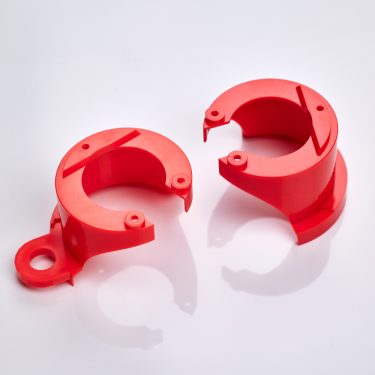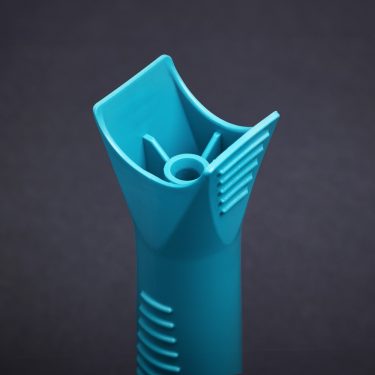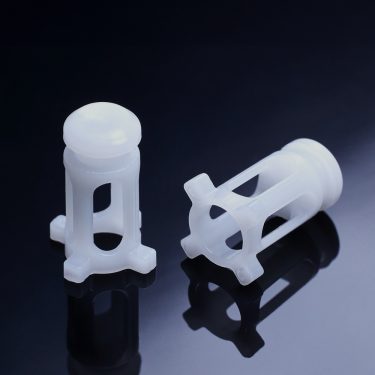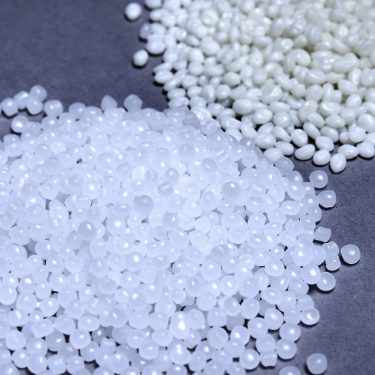Insert moulding
Manufacturing of hybrid components using injection moulding.
Fast delivery time
Affordable tools
Original materials
Insert Technique in Injection Moulding
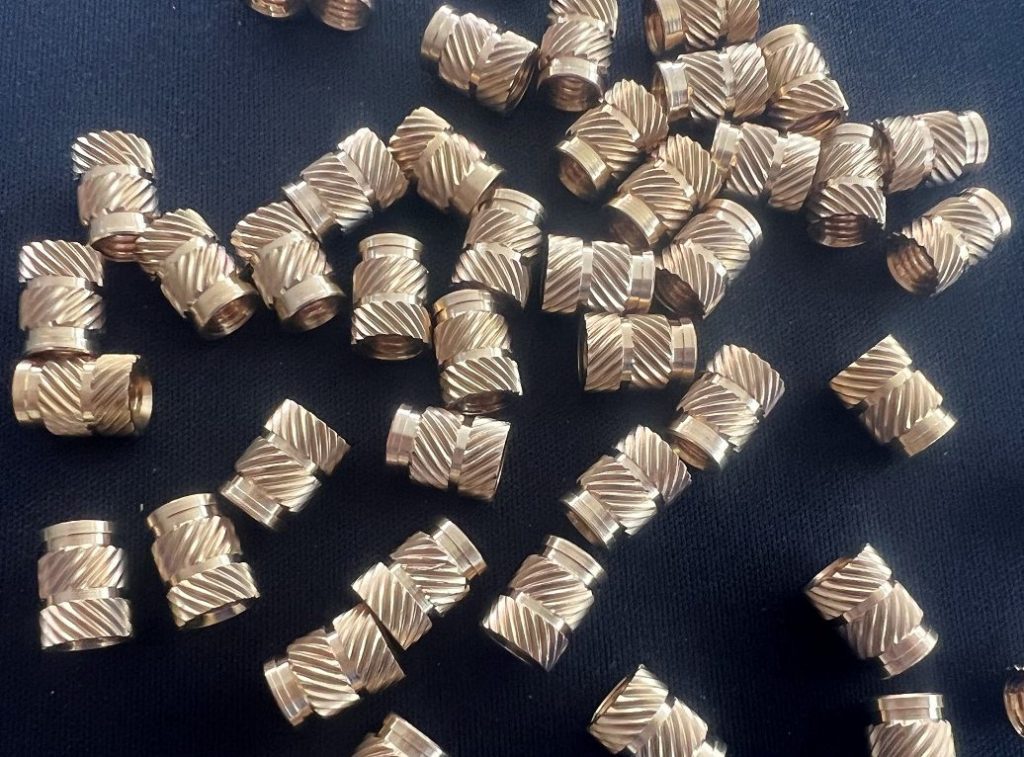
Hybrid components made of plastic are innovative designs that combine various materials and manufacturing processes. The insert technique in injection moulding allows for the precise integration of metal or plastic inserts into the plastic parts. This creates components with excellent properties such as strength, conductivity, or weight optimization.
The production of hybrid components is crucial for product development and the validation of design concepts. The manual insert placement technique increases flexibility in manufacturing.
Precise Integration of Inserts:
The insert technique in injection moulding allows for the precise placement of inserts, whether they are made of metal, plastic, or another material, into an injection-moulded part. This ensures a secure connection and enables the production of components with different materials to meet specific requirements.
Cost-efficient Assembly:
The use of inserts in the injection moulding process often eliminates the need for post-assembly or adhesive work. This saves time and costs, especially in the production of small series or prototypes.
Design Freedom and Flexibility:
The insert technique allows for complex components with different properties, such as conductivity or strength. Designers have the freedom to develop customized solutions that meet the requirements of the end application.
Higher Quality Standards:
The precise placement of inserts reduces the risk of errors or inaccuracies and leads to higher quality of the manufactured parts. This is particularly important in industries such as medical technology or aviation, where safety and precision are critical.
Insert Technique vs. Outsert Technique in Injection Moulding
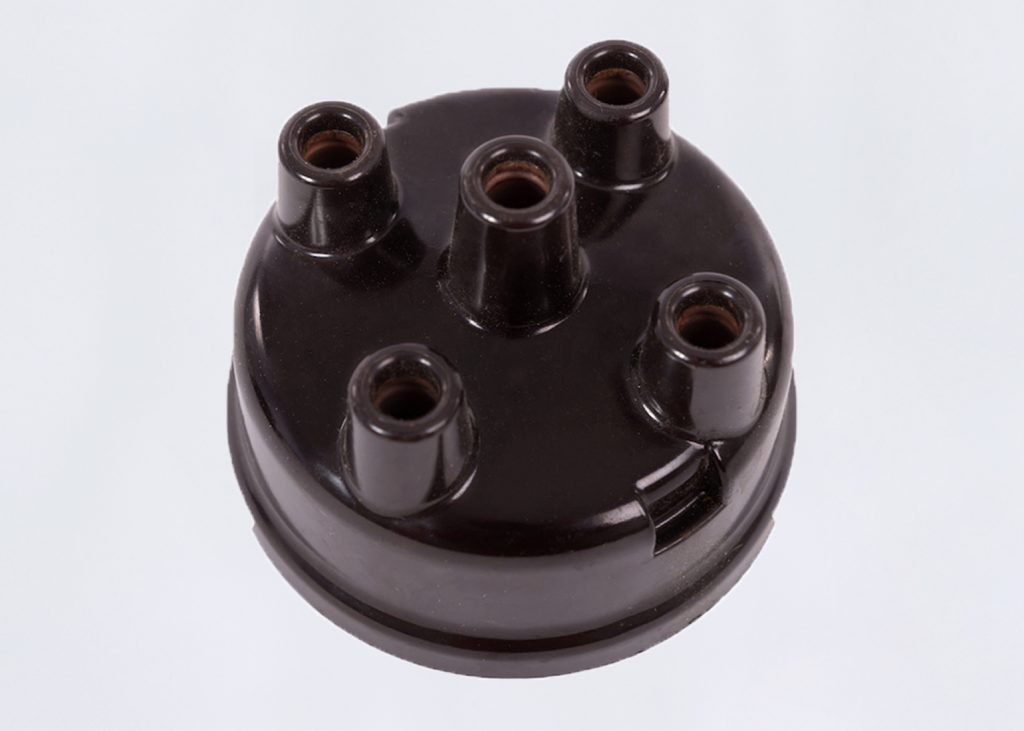
The choice between insert and outsert techniques in the injection moulding process depends on the specific requirements of your project. In the insert technique, inserts such as threaded inserts or electronic components are embedded directly into the molded part. This enhances the component's strength and precision.
On the other hand, the outsert technique places inserts outside the moulded part and later connects them through an additional injection molding process. This method offers greater design freedom but requires additional assembly steps.
Hybrid components combine diverse materials and manufacturing techniques for optimal performance and functionality. This is made possible by the insert technique:
- Precise integration of inserts: The insert technique allows for the precise integration of metal or plastic inserts into the component.
- Design flexibility: Hybrid components offer the freedom to combine various materials and functions, such as electrical conductivity, high strength, or heat resistance.
- Cost-efficiency: The insert technique enables efficient manufacturing and assembly, saving time and costs.
The outsert technique extends these concepts by placing inserts outside the component to integrate additional functions. Hybrid components using both insert and outsert techniques open up innovative design possibilities and meet the requirements of demanding applications in various industries.
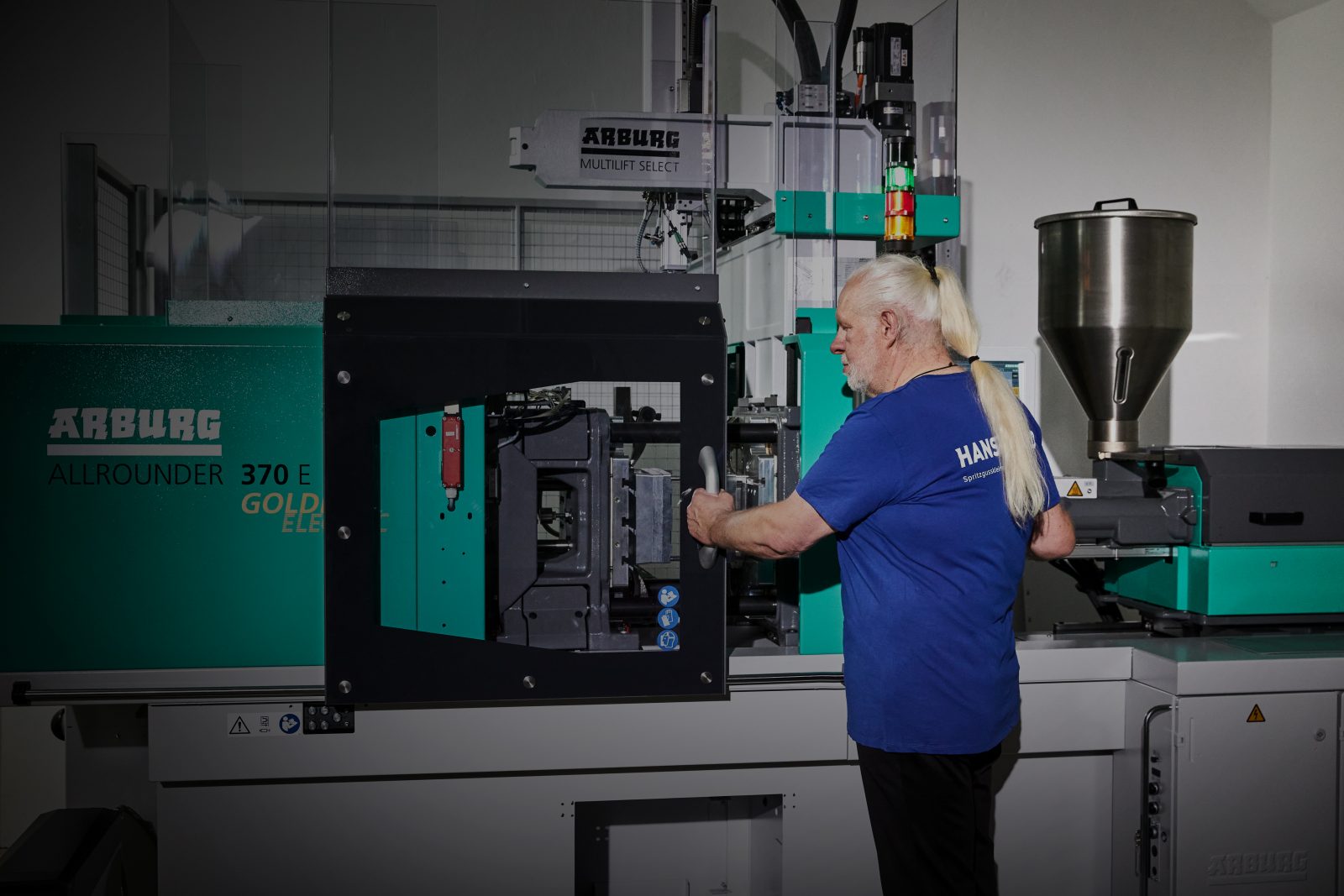
Do you need insert parts?
Feel free to contact us so we can provide you with a quote.
Innovative Insert Technology: The Future of Hybrid Components in Injection Moulding
Insert technology in injection moulding is a key aspect of manufacturing hybrid components. These components combine different materials and functions to provide optimal performance and versatility. The insert technique allows for the precise integration of inserts, whether they are metal, plastic, or another material, into the injection-moulded part.
A significant advantage of insert technology is the flexibility it offers in the design process. Designers can combine different materials to meet the specific requirements of an application. This may include the integration of electrical conductivity, high strength, heat resistance, or other properties required for the end product.
Furthermore, insert technology provides a cost-effective solution for the manufacturing of hybrid components. The precise placement of inserts reduces the risk of errors or inaccuracies, improving the quality of the manufactured parts. This is particularly important in industries such as medical technology, aviation, and the automotive industry, where safety and precision are of utmost importance.
Outsert technology is an extension of these concepts. It allows for the placement of inserts outside the component to integrate additional functions. This could include the attachment of sensors, electronic components, or threads for assembly. Outsert technology further expands the design possibilities and functionality of hybrid components.
In summary, insert and outsert techniques in injection molding are revolutionizing the production of hybrid components. They offer design flexibility, precision, and cost-effectiveness, making them a preferred choice in various industries where complex components with diverse requirements are in demand. Hybrid components are the future of manufacturing as they provide customized solutions for the most demanding applications.
